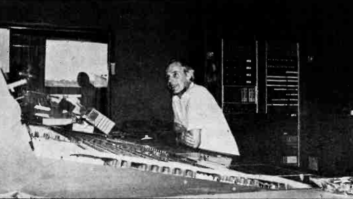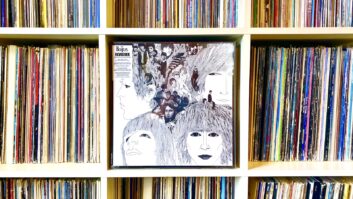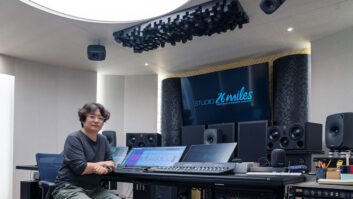Mix editor Tom Kenny talks to studio designer Martin Pilchner about power and grounding issues at Angel Mountain.
Mix: Let’s talk about power, starting from the street. You are obviously separating every room with your tech panels…
Martin Pilchner, Studio Designer: We have power that comes into the building, and from there it’s split off to whatever it’s going to be used for: Lighting and utility plugs and mechanical systems, or those things with reactive loads, are kept on one part of the service. And then, another part of that service is split off and goes through quite a large isolation transformer, 225KVA filtering isolation transformer, and that big transformer feeds a splitter. And that splitter feeds a technical sub-panel in each production sub-zone, which, in this case, is the machine room and control room A, machine and control room B, machine and control room C, the theater, the common machine room, Gary’s writing room, writing room D…another one out in the demo suites, things like that.
That allows the isolated ground runs in each case that run short distances to this technical sub-panel, all with separate, isolated ground—actually, taken out of the box, and put in a box below the main breaker panels and discretely numbered so you know exactly what is going where, and then all those grounds run back to the isolation transformer. So we keep those nice, straight-ahead, isolated, ground, nice filtered power supply.
Then the other thing we did to turn it up a notch more is actually, the larger equipment, like the large consoles and things like that, they just want to see nice clean power—they don’t necessarily want to see balanced power—but there’s an advantage to balanced power, so we thought, let’s take the best of both worlds. So actually, all the outboard gear is powered up by balanced power, which is fed by these isolated sub panels into the racks, and then it feeds from that balanced power to the processing gear, to take advantage of the better signal-to-noise ratio and things that you can get from the balanced power in that case. So it’s a little bit of hybrid tech power, but all the major infrastructure that you’ll never see.
Mix: Yeah, but it’s the lifeblood of the facility. Were there any issues with power along the way?Pilchner: As they started installing gear, they had a few odd problems, which we thought, “Okay, we might have some grounding issues here or there,” but it had nothing to do with the power system. It had to do with minor defects in some of the equipment. As soon as that got replaced, it was, hey, the problem’s gone, great!You know, when you’re putting all that new stuff together in a facility that size you can’t discount anything. It could be anything that’s going wrong. Good planning will never replace dumb luck.







